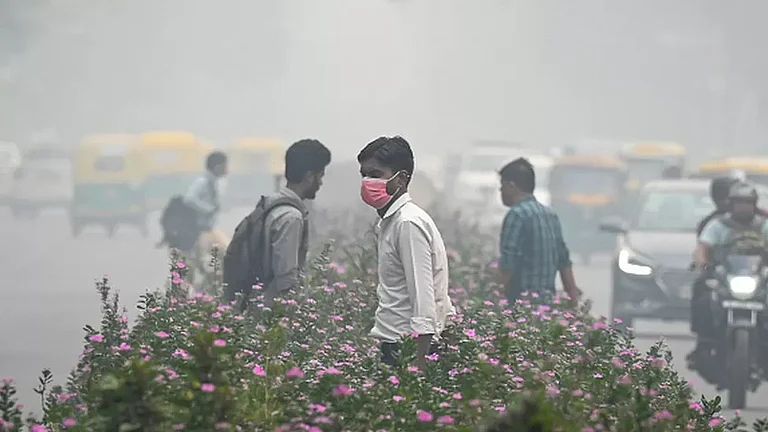August holds special significance for the Indian subcontinent. It was in August 1905 when the swadeshi movement was invoked. It was in August 1947 that India became independent and Pakistan was born. Sheikh Mujibur Rahman, the first president of Bangladesh, was killed this month in 1975. Nepal became a republic and got its first prime minister in August 2008. And it was in August that students and young people ushered in a second birth of Bangladesh.
Again in August, not far from Bangladesh, youngsters, many of them women, galvanised against Mamata Banerjee, following the rape-murder of a young doctor in Kolkata.
My extended prologue is to highlight the impact of autumn uprisings, irrespective of the political shades cast on them retrospectively; they bear evidence of young peoples’ power to cast off the old in favour of the new. They show the force of anger, when suppressed too long.
India’s massive young population, often touted as the country’s most potent weapon for economic growth in an ageing world, is showing early signs of anger. Millions are crowding streets, sleeping on pavements to fill up a few thousand government job vacancies.
History has shown us time and again that the fates of regimes do not always take decades to change. Nearer home, within weeks of protests against the issue of reservation and unemployment, Hasina was hurled out of government and the country.
Vivid scenes of young people taking to the streets in protest have the power to turn seething anger among citizens into revolt. But uprisings seldom result in constructive change. Too often, they leave behind a trail of disruption that takes generations to overcome.
Just ahead of the Lok Sabha elections in India, the International Labour Organisation (ILO) and the Institute of Human Development (IHD) jointly released a report that said that the share of youths in India’s total unemployed population in 2022 was nearly 83%. Those with secondary or higher levels of education accounted for 65.7% of this population, up from 54.2% in 2000.
The impact of these statistical findings was felt by the Bharatiya Janata Party in the election results. In the first Budget after the polls, finance minister, Nirmala Sitharaman, came out with a bunch of quick fixes to address unemployment. But the government must find long-term solutions. From the choice of industries that the government is throwing its weight behind and incentives to academic institutions it is choosing to erect, all have a bearing on jobs. And so, they need to be seen from the prism of job-creation and knowledge.
Even without the Bangladesh example, we know reservations and subsidies do not kill the demon of unemployment. The anti-Mandal protests of the ’90s swayed Indian politics away from debates on development and dragged them back into the politics of caste. Thirty years later, governments now know that a large number of people without work tear societies asunder.











 Just one email a week
Just one email a week